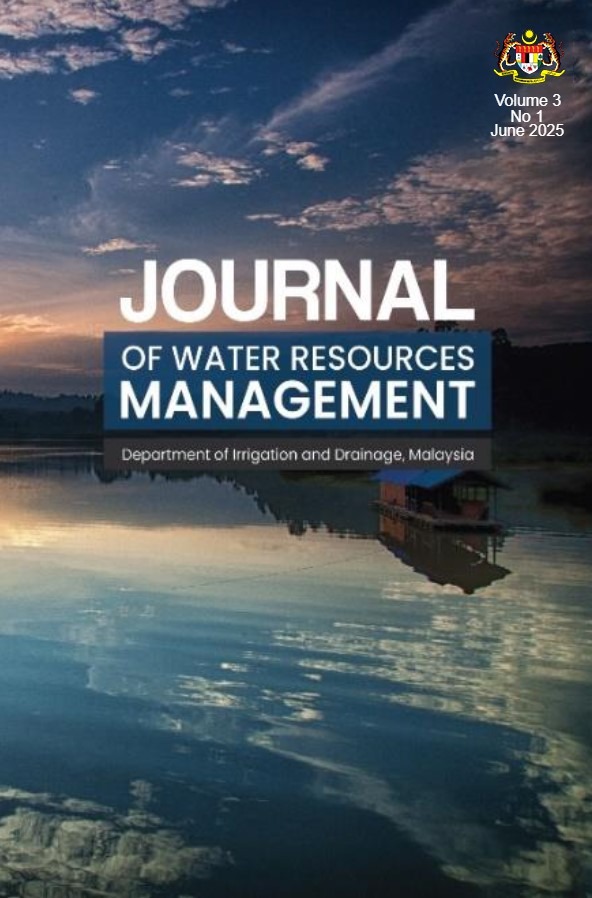Published 10-07-2025
Keywords
- Drought,
- Hydrological drought,
- Low flow,
- Threshold level method,
- Drought index
How to Cite
Copyright (c) 2025 Journal of Water Resources Management

This work is licensed under a Creative Commons Attribution-NonCommercial-ShareAlike 4.0 International License.
Abstract
Droughts caused by hydrological processes affect many aspects of society and the economy, including the generation of energy and agriculture. The analysis of hydrological droughts makes planning and managing water resources under climate change easier. However, to achieve a shift in drought management, one must utilize various approaches and techniques that can be applied for both planning mitigation activities and implementing the measures. In this study, I examined the methodologies that allows for the identification of hydrological droughts on a worldwide scale, considering different climate regimes in a consistent manner. The method incorporates the features of the classical variable threshold level method and indices. Furthermore, each evaluated work includes a thorough assessment of current progress, unresolved issues, and future prospects. Improved monitoring and assessment, along with the development of specific plans for areas more likely to be affected, can effectively reduce the long-lasting effects of drought, and strengthen communities and ecosystems.

